Remember those classic games from the good old days – Super Mario, Pac-Man, Donkey Kong, and so on? Those titles mostly used simple graphics made up of pixels.
Today, we call these graphics “sprites.” But the world of video game sprites is much bigger than just old-school classics. They’re still used in many titles to this day, delivering a unique charm and aesthetic that players love.
In fact, it’s a term you’ll hear often among people who make indie games and those who enjoy retro games.
In this article, you’ll learn what video game sprites are, how they differ from static images, a brief history of video game graphics, and some tools to create sprites yourself!
What are video game sprites and sprite sheets?
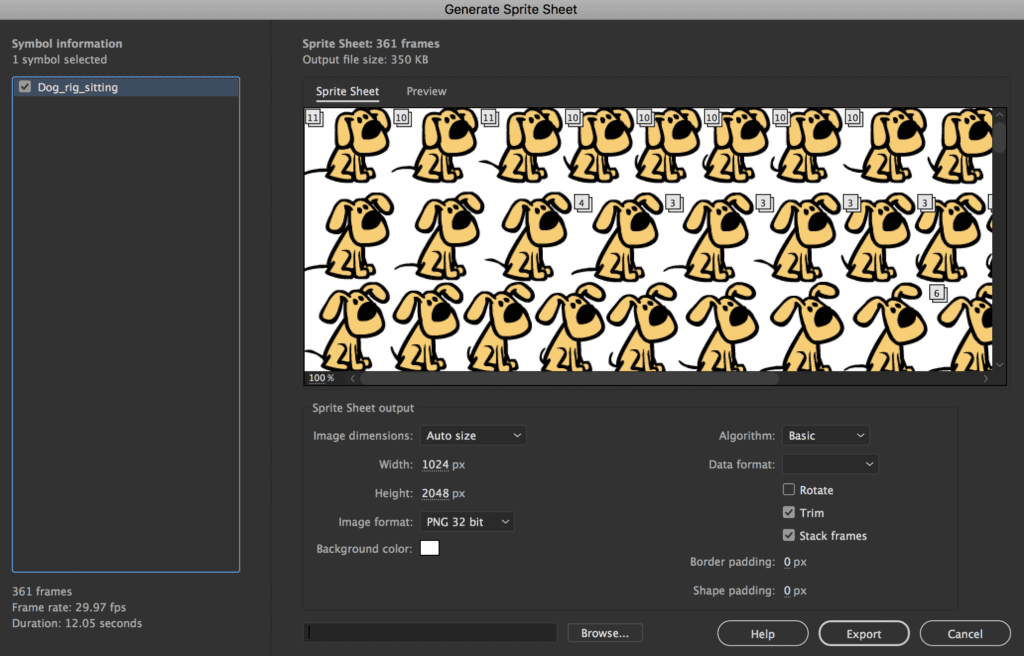
Video game sprites are the building blocks of 2D game graphics. They are small, two-dimensional images made up of individual pixels, which artists carefully arrange to create the characters, objects, and backgrounds you see in a game.
In classic games, developers relied heavily on sprites to create their iconic visuals. A sprite represented each character, enemy, and power-up, carefully designed to convey movement and personality.
Also, they are designed to be animated and interactive. When you see Mario running and jumping across the franchise’s older titles, you see a sequence of different sprites, each showing a slightly different pose. These sprites are displayed in quick succession, creating the illusion of fluid movement.
Is there any difference between static images and game sprites?
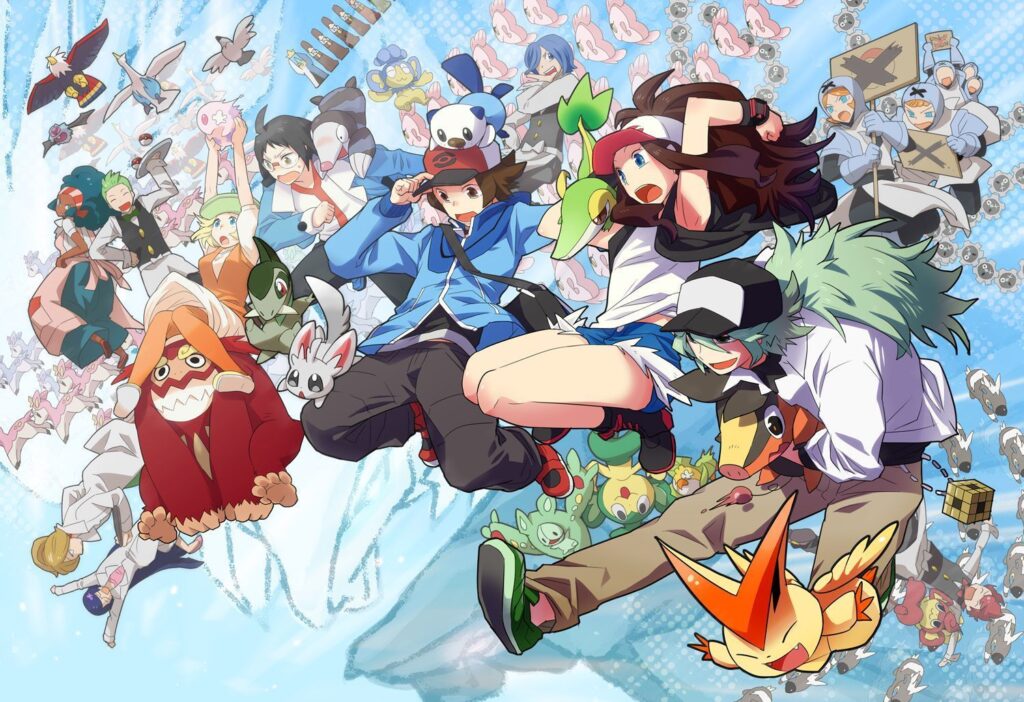
Yes – lots, actually.
A static image, like a photograph, is a single, unchanging picture. A sprite, on the other hand, usually comprises a collection of images that create an animation when played in a sequence.
Have you ever seen a video of people quickly going through a flipbook (also known as a kineograph)? Each subsequent page differs slightly from the previous one, creating the illusion of motion if seen in quick succession.
Sprites work similarly. To manage these different sprites efficiently, developers came up with something called a “sprite sheet,” a large grid containing all the individual sprites (analogous to a flipbook “page”) for a character or object.
The game engine, which is the software powering the game, then references this sprite sheet and displays the appropriate sprite based on the character’s actions or state at run-time.
For example, when Mario jumps, the game engine looks at the sprite sheet and finds the “jumping” sprite. It then displays that specific sprite on the screen, giving the impression that Mario is leaping into the air. This system allows developers to store and manage many different sprites for a character in a single, organized file.
Sprite sheets were especially important in the early days of gaming when computer memory and processing power were limited. They allowed developers to create detailed and expressive characters and animations without completely overloading the tiny memory devices used to have.
The enduring appeal of video game sprites
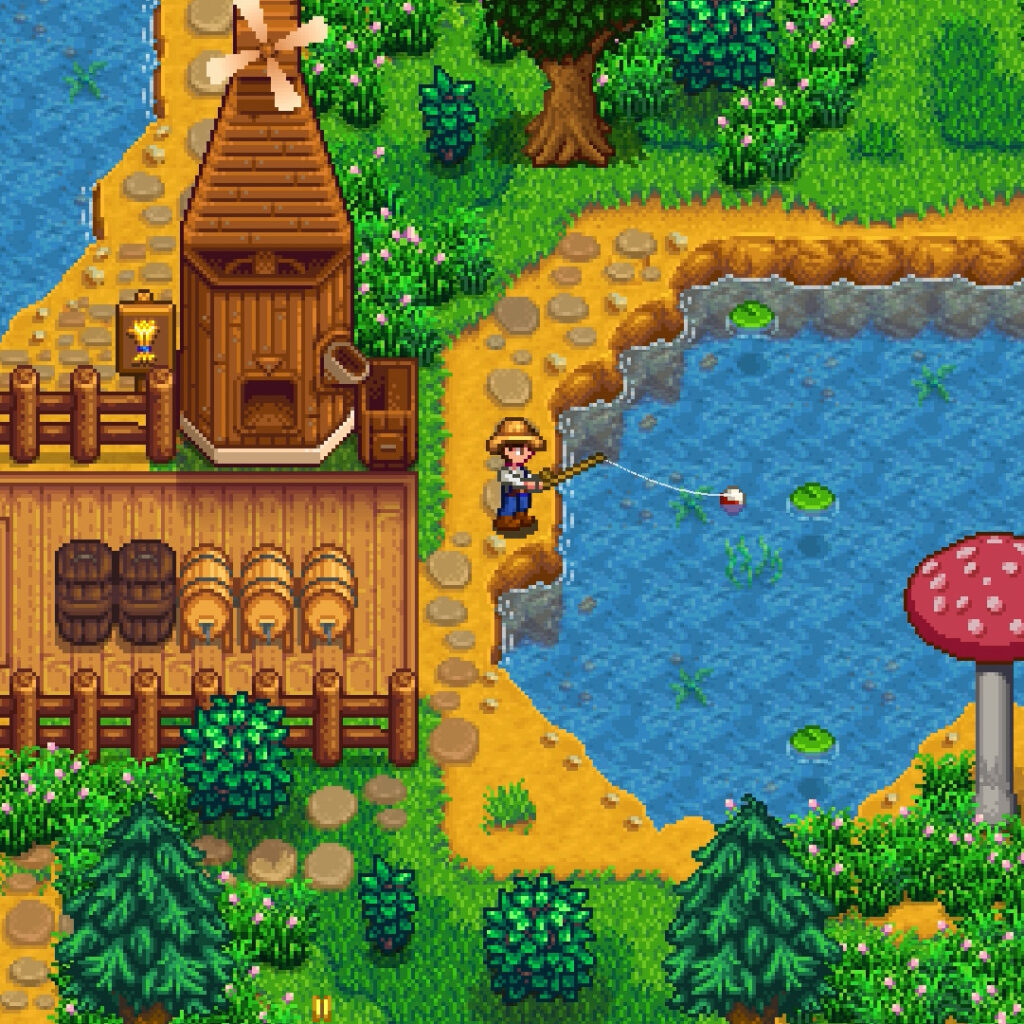
Even with today’s advanced technology, many game developers still prefer to use sprites. Why? For one, there’s something special about that classic pixelated look – it gives off a sense of nostalgia, reminding us of the games we grew up with.
Sprites also allow for a unique kind of artistic expression. Artists can create incredibly detailed and expressive characters and worlds using a limited number of pixels. Since each pixel contributes to the overall image, some even compare it to pointillism, just modernized.
Plus, sprites.are relatively easy to create and work with, especially compared to complex 3D models and highly detailed 2D art. This makes them the most time and cost-efficient approach for indie developers and beginners without extensive art knowledge or a high budget.
No matter how advanced technology gets, there will always be a place for sprite-based 2D games. They remind us that simplicity can be as powerful and awesome as complexity and realism.
A quick look at how game graphics changed over the years
Back in the early days of gaming, computers weren’t very powerful – they could only handle simple graphics.
While older than pretty much every console out there, for reference, the computer that got humankind to the moon had performance orders of magnitude below a 2004 calculator. If we compared older consoles to the average phone or computer, we would find similar results!
That’s why game developers used sprites – those little pixelated images – to create characters and worlds. For example, classic arcade games like Pac-Man, Donkey Kong, and Space Invaders used sprites to create their iconic looks.
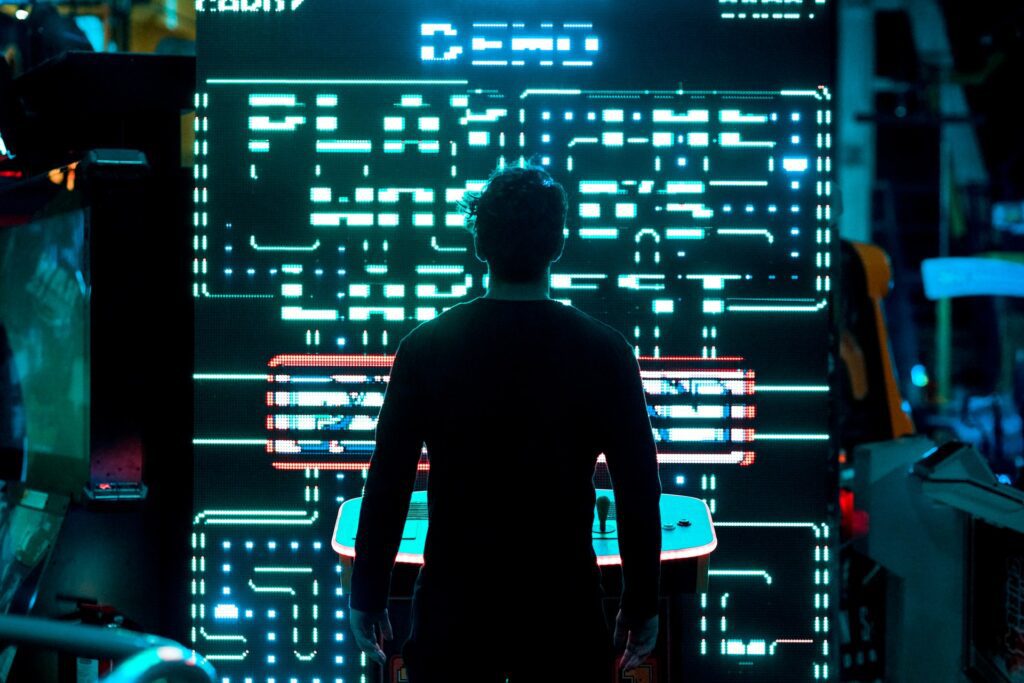
Even home consoles like the NES and SNES relied heavily on sprites. Remember playing Super Mario World, The Legend of Zelda: A Link to the Past, or Street Fighter II? Those games pushed the limits of what sprites could do, creating worlds and characters celebrated decades past.
As technology got better, something new and exciting happened: 3D graphics. Games like Super Mario 64 and The Legend of Zelda: Ocarina of Time blew everyone away with their immersive 3D environments. Characters could move freely in a three-dimensional space, and the possibilities seemed endless.
Unsurprisingly, 3D graphics have become the standard for big-budget (AAA) games, and games are getting closer to lifelike graphics by the day. Compare, for example, older Grand Theft Auto titles (like GTA III and the universally loved GTA: San Andreas) to the upcoming GTA title.
But guess what? Sprites didn’t disappear. They found a new home in the indie game scene, where developers appreciated their simplicity and unique charm.
Today, you can find fantastic sprite-based games on everything from your phone to your PC and consoles. Games like Stardew Valley, Celeste, and Shovel Knight prove that sprites are still a great way to create fun and engaging experiences.
So, even though game graphics have come a long way, sprites still have a special place in the hearts of gamers and developers. It just goes to show that sometimes, those classic pixelated images can be just as fascinating as the most realistic 3D graphics.
Creating video game sprites: what tools should I use?
Want to try your hand at making timeless video game sprites? Well, the good news is that you don’t need a fancy art degree or expensive software to start creating! Plenty of great tools are available, ranging from simple and free programs to more professional-level options.
One of the most popular choices among pixel artists is Aseprite. It’s a dedicated pixel art editor with a user-friendly interface and powerful features, like onion skinning for animation and a wide range of color palettes. There’s also an open-source fork called LibreSprite, but it lacks the community and extension support Aseprite has.
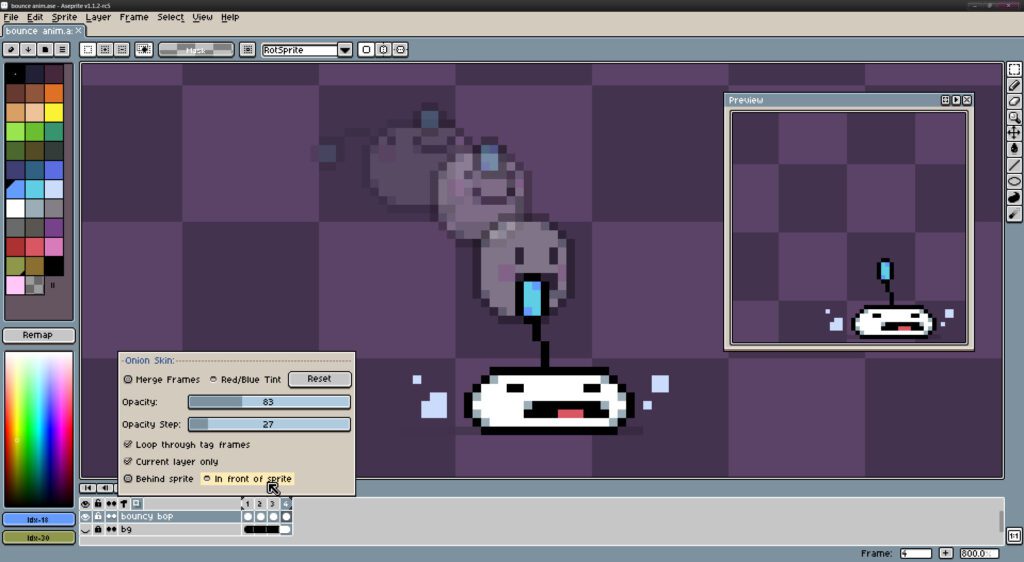
Another great option is Piskel, a free and web-based editor that’s perfect for beginners. It’s simple to use and lets create and animate sprites right in your browser.
If you’re looking for a more traditional image editor with pixel art capabilities, GraphicsGale is a solid choice. It offers a wide range of features for both pixel art and animation. And if you’re already familiar with Photoshop, you can use it for sprite art as well, be it pixelated or not.
Closing thoughts
Video game sprites may not be the go-to choice for those big-budget, hyperrealistic games anymore, but they’re far from fading away. After all, there’s something undeniably charming about their simplicity, a nostalgic feel that resonates with us gamers.
That’s the beauty of video game sprites: they’re a timeless art form that continues to inspire. They remind us that the most memorable and engaging experiences may come from the simplest ingredients. And with a growing community of passionate pixel artists and indie developers, the future of sprite-based 2D games looks awesome!
Do you need help bringing your game idea to life? Main Leaf is a trusted partner for all your game development needs, from concept to launch. Our massive team of talented professionals and extensive experience are here to bring your vision to life.
Contact us today and let’s create something amazing together!

